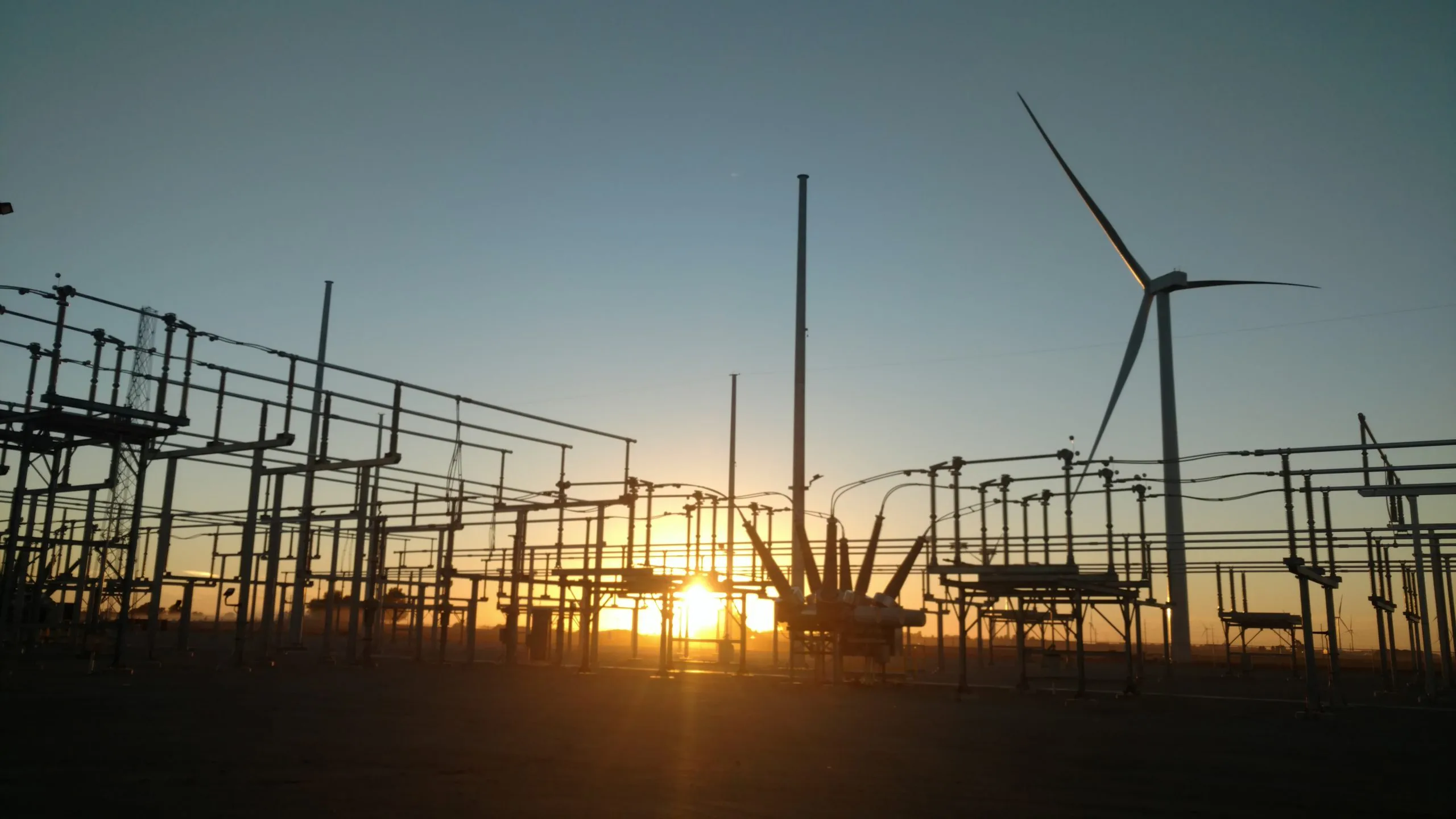Powering Chicago Member Aldridge Electric Helps Maintain Metro Chicago’s Power Grid with Better Construction at Electrical Substations
- Posted: May 27, 2020
- Aldridge Electric, better construction, Kevin Kiehn

In recent months as millions of Americans have sheltered in place, the importance of a stable power supply has become crystal clear. With the vast majority of our communications now confined to the virtual realm, the ability to charge devices and connect to the internet is a basic necessity. On a larger scale, a stable power supply is absolutely vital to the health of the economy. While flipping on a light switch or powering up a piece of machinery on a factory floor is easy to take for granted, the reality is that delivering the power that makes this possible requires the contributions of a vast number of skilled electricians and contractors like Powering Chicago member Aldridge Electric.
Based in Libertyville, Aldridge manages electrical substation projects throughout the Chicago metro area and across the country in states like Wisconsin, California, Nevada, and New York, among others. At any given time, Aldridge is working on four to 10 projects across multiple states, ensuring that substations are operating correctly to transmit and distribute power where it needs to go. This means maintaining the equipment needed to convert power and break it down from voltages as high as 765,000 before it’s distributed. Working with extremely high voltages requires specialized skills and experience that is generally earned only through years in the field. For that reason, many of the electricians Aldridge employs are well into their careers as journeymen.
“Most of the wireman that I end up taking already have some medium voltage experience, which would be 12 kV or 34 kV,” says Kevin Kiehn, substation superintendent for Aldridge Electric. “Generally that experience is from high voltage terminations they’ve done in a high rise building or an industrial plant, for example.”
Because of the danger involved in the work at substations, the entire job site is under the jurisdiction of the IBEW, meaning the wiremen working on-site must be jacks of all trades. With no other building trades working alongside them, electricians must be able to pour concrete, perform carpentry, operate cranes, among countless other examples. Though IBEW Local 134 is not a lineman’s local, journeymen wiremen have access to continuing education at the IBEW/NECA Technical Institute – including classes focused on medium voltage termination and splicing – that provide them with the tools needed to provide better construction at substations throughout the region. Aside from utilities, Aldridge performs quite a bit of work for companies focused on renewable energy.
“In order to distribute power from wind farms or solar farms, a station is needed and usually a package for the station,” Kiehn says.
As the U.S. grapples with a severe economic downturn associated with the COVID-19 pandemic, it’s likely infrastructure spending will be one tool used to stimulate the economy. According to Kiehn, many of the substations his teams work on have been kept operational through the skilled work of union electricians, but are due for upgrades.
“In some of the places where we work, we’re replacing antiquated equipment with stamps on the nameplates from the 1940s. That infrastructure has been out there for quite a long time and it’s ready to be changed.”
Thanks to Aldridge Electric and the experienced electricians of IBEW Local 134, it’s a certainty that any substation at which the team works will be ready to help maintain the region’s power grid for another half-century or more.

